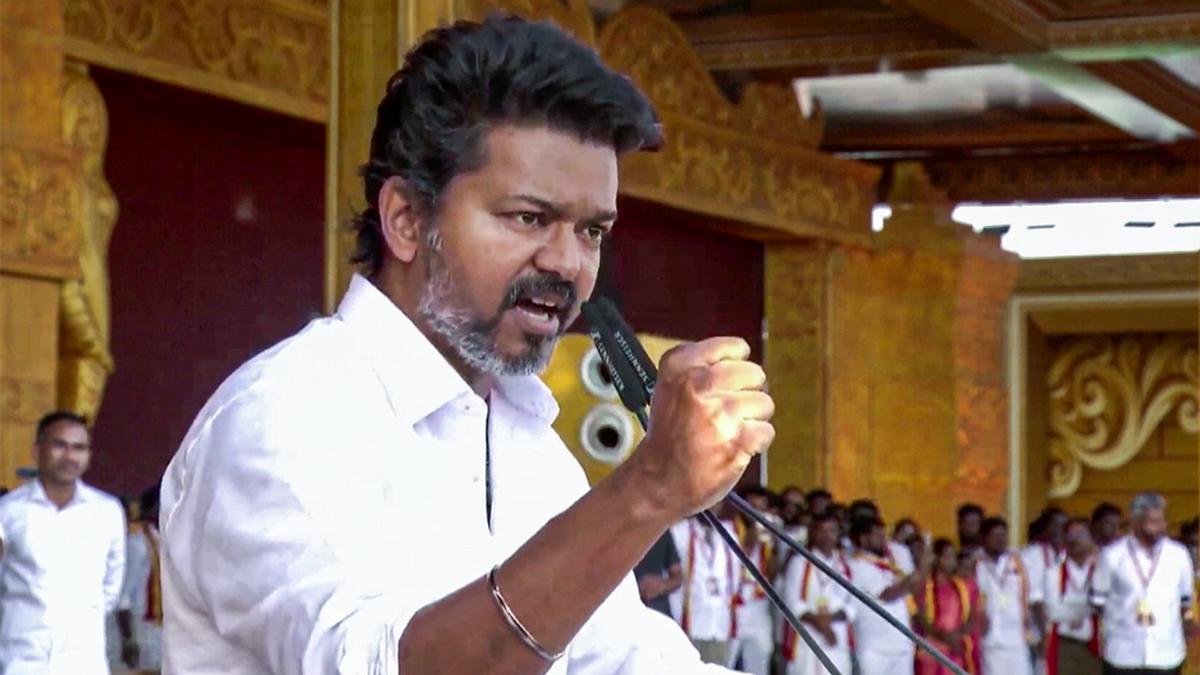Childhood non-communicable diseases (NCDs) are fast emerging as one of Maharashtra’s gravest public health challenges, with experts warning that the State is in the grip of a “silent epidemic” that threatens children’s futures and the healthcare system.
At a workshop organised by UNICEF India and the Press Information Bureau (PIB) in Mumbai on Monday (September 15, 2025), data revealed the scale of the crisis.

Maharashtra has more than 6 million overweight children, including 2.4 million classified as obese. Each year, nearly 2,000 new cases of Type 1 diabetes are reported, alongside 20,000 to 25,000 cases of congenital heart disease. Respiratory illness is rampant, with around 3.3 million children living with asthma, while an estimated 8.8 million children face some form of mental disorder.
Globally, NCDs account for 71% of all deaths, and in India nearly two out of three deaths are attributed to them. “Diseases once thought to affect only adults, such as diabetes, asthma, congenital heart disease, sickle cell disease, and obesity, are increasingly showing up in children, and this should alarm all of us,” said Dr. Nipun Vinayak, Secretary of Maharashtra’s Public Health Department. He stressed the government’s immediate focus is on expanding school screenings, ensuring uninterrupted access to medicines, and strengthening district-level care, while prevention must begin as early as pregnancy.
Opinion | India’s burden of rising obesity, the hefty cost to pay
Obesity is among the fastest-rising threats. Poor diet, processed food, physical inactivity, and excessive screen time are driving the trend. “Obesity is not just about weight; it is linked to 44% of diabetes, 23% of heart disease, and 41% of certain cancers later in life,” said Dr. Meenakshi Girish, head of paediatrics at AIIMS Nagpur. She recommended exclusive breastfeeding in the first six months, regular physical activity, and limiting sugary drinks and screen exposure as prevention measures.
Type 1 diabetes, an autoimmune disease where the body stops producing insulin, now accounts for three-quarters of childhood diabetes cases. India has over 2,00,000 children and adolescents living with the disease, the highest in the world, with Maharashtra adding around 2,000 new cases each year. Management requires lifelong insulin, but families struggle with limited access to insulin, glucometers, trained educators, and psychosocial support, forcing many towards expensive private care.
Asthma is often misdiagnosed as recurring coughs or chest infections, delaying treatment. This condition is triggered by pollution, allergens, and climate factors, leading to missed school days, sleep disruption, fatigue, and long-term lung damage. Yet, doctors said early diagnosis and proper care can help children live normal lives.

Mental health has emerged as another urgent concern, with nearly 8.8 million children and adolescents in Maharashtra affected by conditions ranging from anxiety and depression to behavioural issues, learning disabilities, and substance use. Nationally, 7.3% of adolescents between 13 and 17 years show signs of mental morbidity, while globally the figure is between 8 and 15%. Experts stressed the need for awareness, school-based life skills education, family support, and accessible services to reduce stigma and ensure early intervention.
Opinion | Court’s nod to mental health as right
Congenital heart disease (CHD), the most common birth defect, affects 20,000 newborns annually in Maharashtra, or 8 to 10 per 1,000 live births. Many go undiagnosed due to weak screening and limited access to specialised care, resulting in delayed growth, learning issues, and frequent hospitalisations. According to Rashtriya Bal Swasthya Karyakram (RBSK) data, 16,200 children have been identified with CHD and over 27,000 surgeries performed under the programme. Advances in care mean timely diagnosis can enable children with CHD to live healthy lives.
Sickle cell disease, another major concern in Maharashtra, especially in Vidarbha, affects 16,413 patients, with around 70% concentrated in tribal regions. The genetic disorder causes anemia, pain, infections, and organ damage, severely impacting school attendance and growth. Though incurable, early detection and consistent care can reduce complications and improve life expectancy.
Experts also warned that late diagnosis remains a critical challenge. Families often begin treatment only after diseases advance, leading to preventable hospitalisations and lifelong complications. Even after diagnosis, access to care is uneven, with paediatric specialists and counselling services limited to larger hospitals. High costs, frequent hospital visits, and stigma further compound the problem.
“The burden is not just medical but social and financial. Parents are pushed into debt for recurring costs and children suffer isolation in schools,” said Sanjay Singh, UNICEF Maharashtra Chief. He described childhood NCDs as an “invisible epidemic” and announced the launch of a Paediatric NCD Clinic at AIIMS Nagpur with UNICEF support, offering weekly outpatient services.
Dr. Prashant Joshi, executive director of AIIMS Nagpur, stressed that India is undergoing an epidemiological transition, with NCDs rising faster than infectious diseases. He noted that the National Programme for Prevention and Control of NCDs (NP-NCD) targets adults above 30, leaving children excluded. “Maharashtra lacks a dedicated policy and standardised protocols for childhood NCDs. This partnership between AIIMS, UNICEF and the state is a first step to build models of early detection, prevention, and healthier habits,” he said.



.png)
.png)
.png)
















 2 hours ago
4
2 hours ago
4








 English (US) ·
English (US) ·